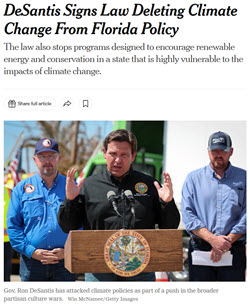Sustainability, Vol. 15, Pages 2138: A Bi-Level Optimization Model for Virtual Power Plant Membership Selection Considering Load Time Series
Sustainability doi: 10.3390/su15032138
Authors: Yantao Wang Yinhan Zhang Xuesong Qi Meiqi Wang Xinyue Wang
In order to improve the level of new energy consumption and reduce the dependence of the power system on traditional fossil energy, this paper proposed a bi-level optimization model for virtual power plant member selection by means of coordination and complementarity among different power sources, aiming at optimizing system economy and clean energy consumption capacity and combining it with the time sequence of load power consumption. The method comprises the following steps: (1) The processing load, wind power, and photovoltaic data by using ordered clustering to reflect the time sequence correlation between new energy and load and (2) uses a double-layer optimization model, wherein the upper layer calculates the capacity configuration of thermal power and energy storage units in a virtual power plant and selects the new energy units to participate in dispatching by considering the utility coefficient of the new energy units and the environmental benefit of the thermal power units. The Latin hypercube sampling (LHS) method was used to generate a large number of subsequences and the mixed integer linear programming (MILP) algorithm was used to calculate the optimal operation scheme of the system. The simulation results showed that by reducing the combination of subsequences between units and establishing a reasonable unit capacity allocation model, the average daily VPP revenue increased by RMB 12,806 and the proportion of new energy generation increased by 1.8% on average, which verified the correctness of the proposed method.

 1 year ago
46
1 year ago
46


